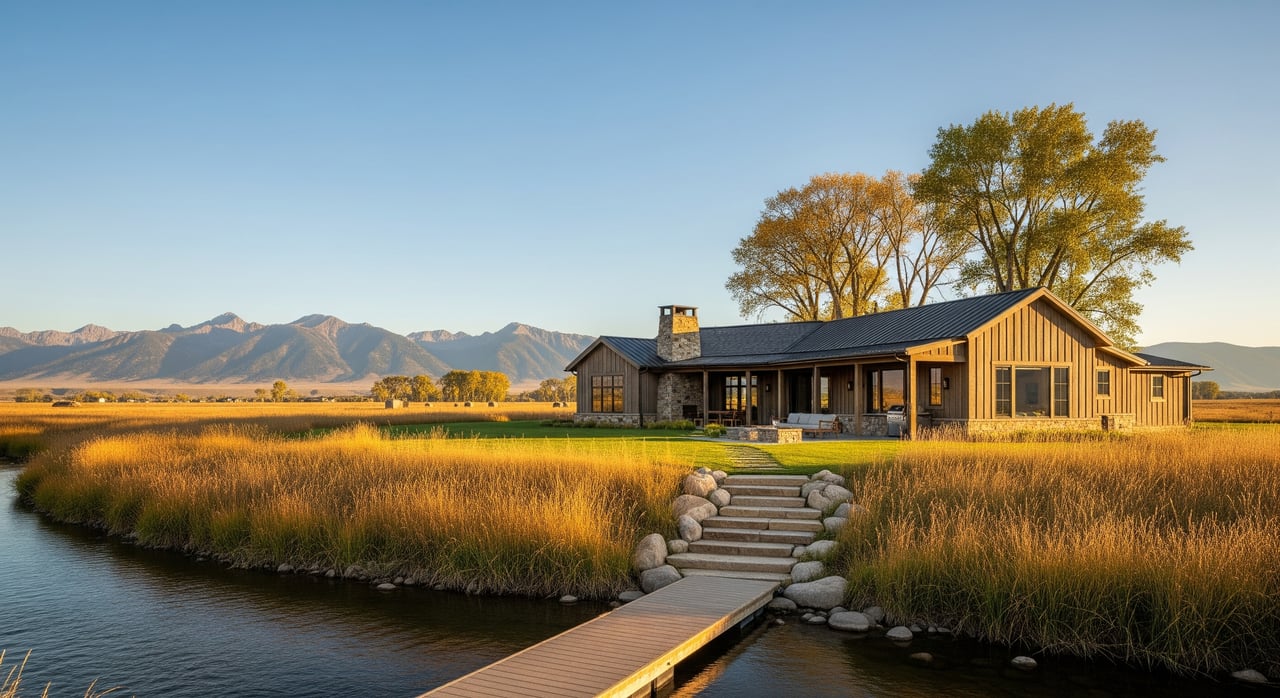
Paradise Valley Living: River Access, Ranch Vibes, Amenities
- 12/11/25
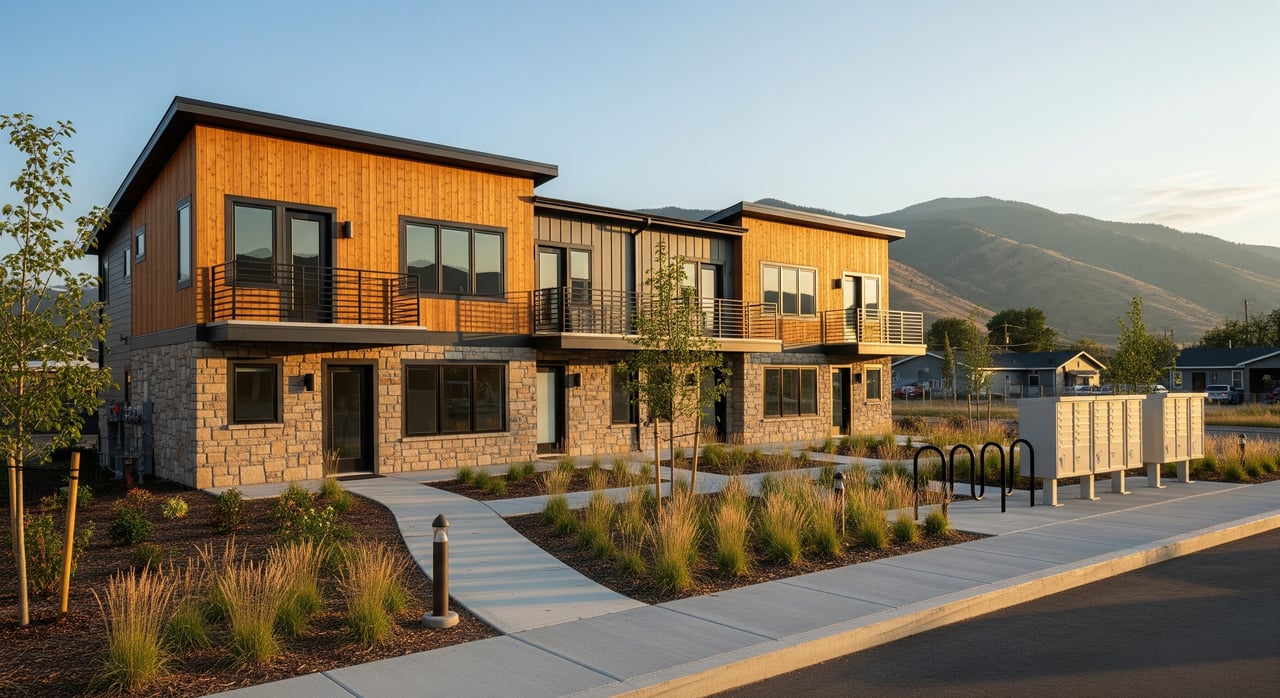
Student Rental Investing Near MSU: Basics & Benchmarks
- 12/4/25
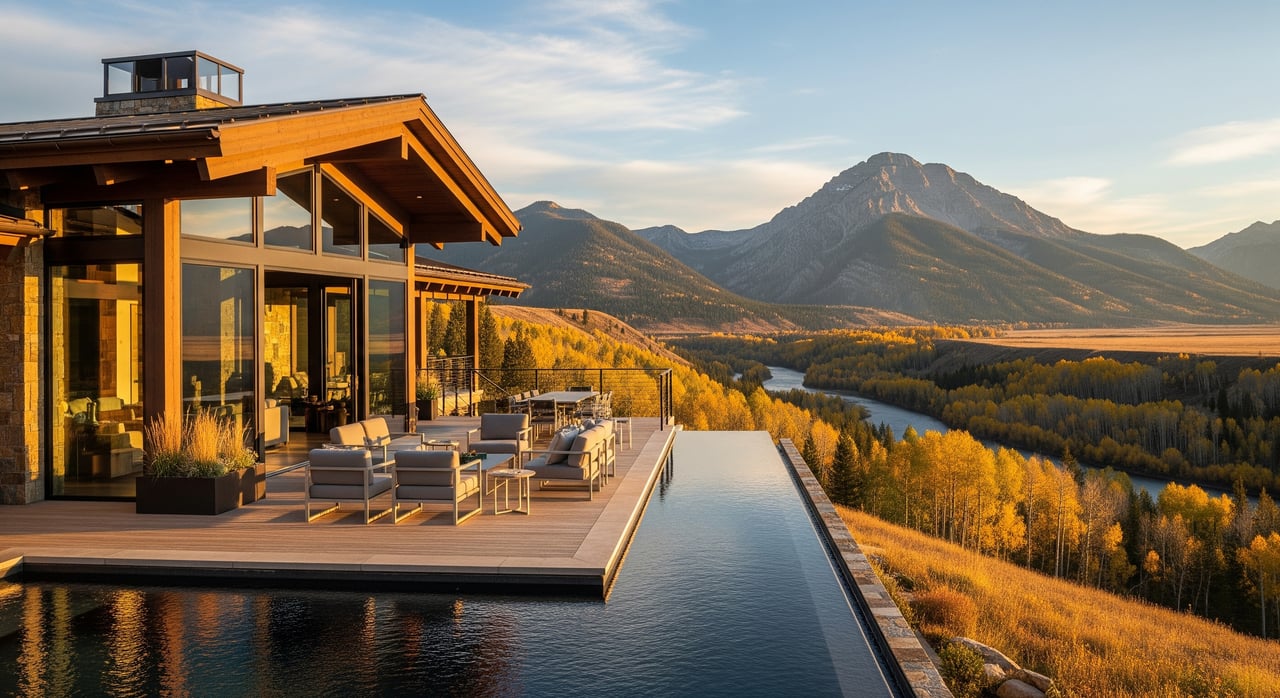
Big Sky Market Basics: Inventory, Seasonality, Price Tiers
- 11/27/25
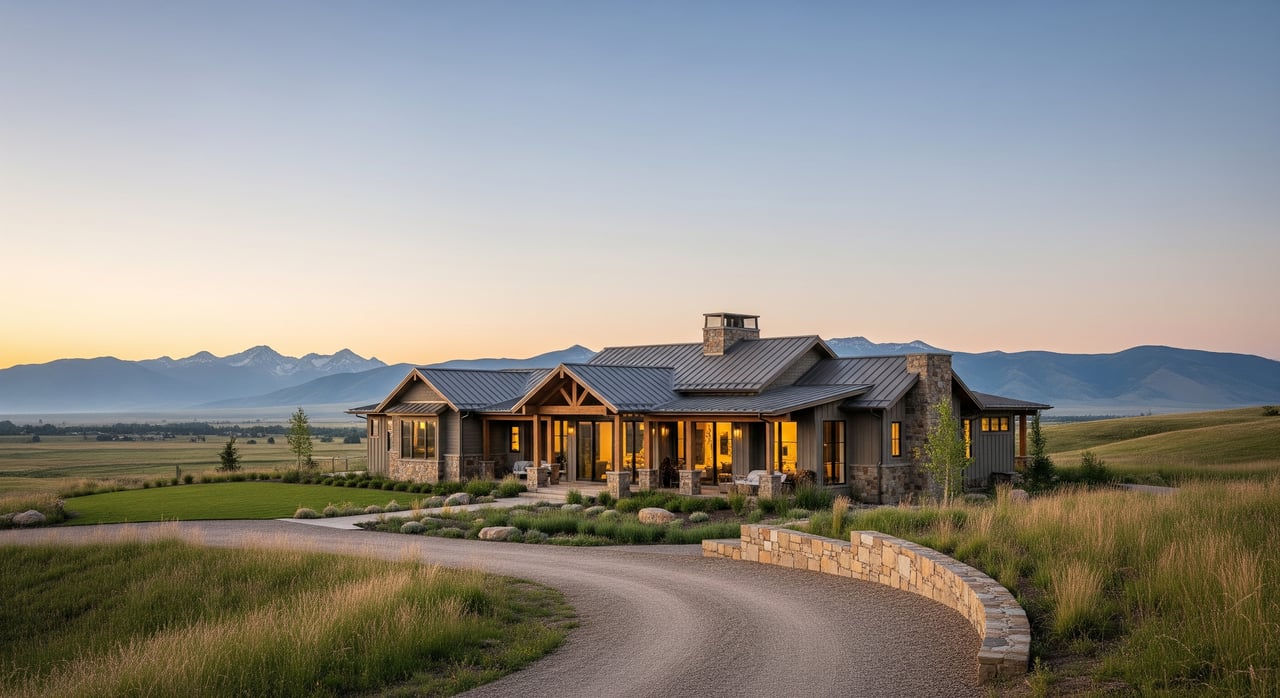
How 2-1 Buydowns Work For Montana Homebuyers
- 11/21/25
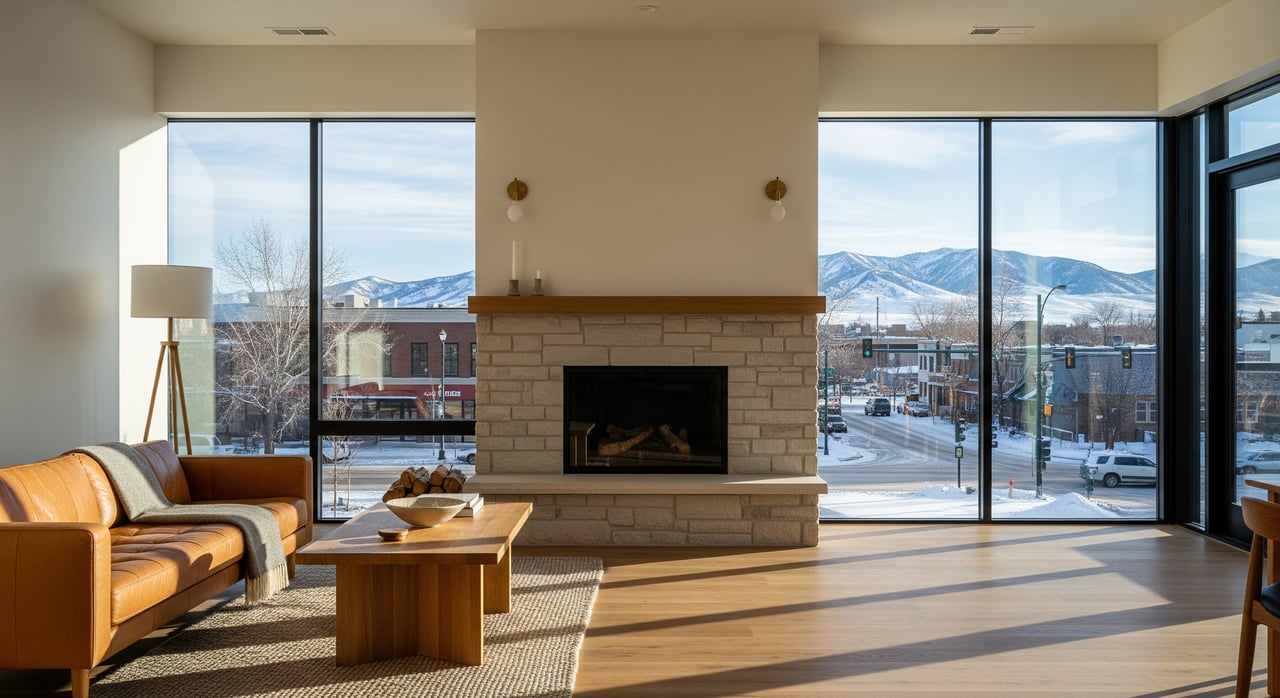
Sell Your Downtown Bozeman Condo This Winter
- 11/21/25
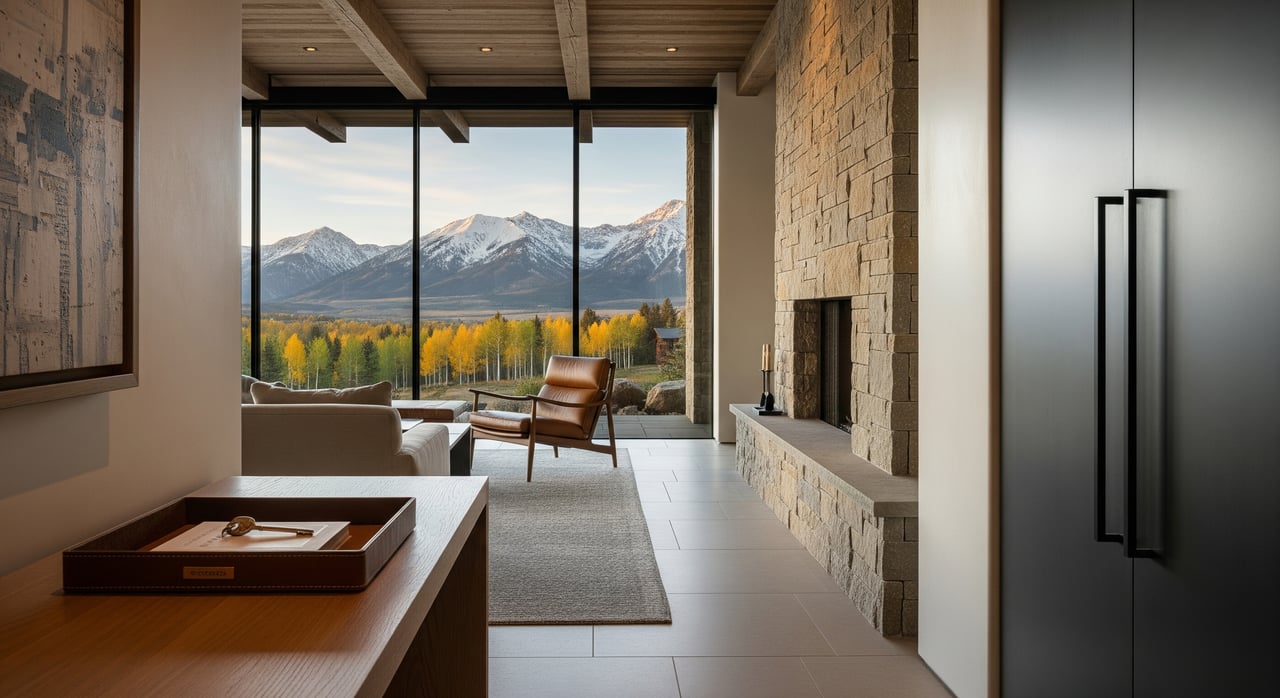
Earnest Money In Montana: What Bozeman Buyers Should Know
- 11/14/25
Sorry, we couldn't find any results that match that search. Try another search.